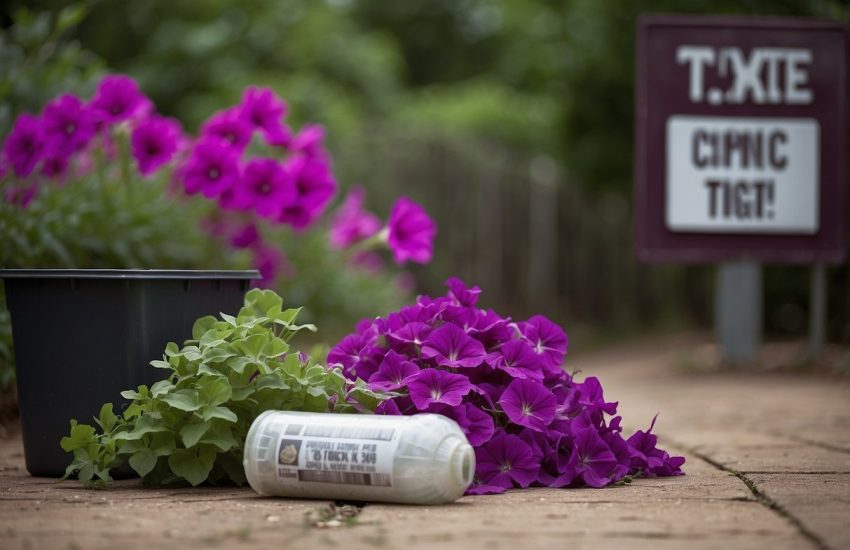Coreopsis Flowers: A Guide to Growing and Caring for Them
Coreopsis flowers, commonly known as tickseed, are a popular choice for gardeners looking to add a splash of color to their landscape. These cheerful flowers come in a range of hues, from bright yellows and oranges to pinks and reds, and are known for their long blooming period. Coreopsis is a versatile plant that can be grown as perennials or annuals, depending on the species and the climate.

Native to North and South America, coreopsis flowers have been a staple in gardens for centuries. They are easy to grow and require little maintenance, making them a popular choice for both novice and experienced gardeners. In addition to their aesthetic appeal, coreopsis flowers also provide important ecological benefits, attracting pollinators such as bees and butterflies to the garden.
Whether you are looking to add a pop of color to your garden or attract pollinators, coreopsis flowers are an excellent choice. With their bright blooms and easy maintenance, they are a versatile and popular addition to any landscape.
Cultivation and Care
Planting and Growing Conditions
Coreopsis flowers are easy to grow and care for, making them a popular choice for gardeners. They thrive in full sun and well-drained soil, but can also tolerate some shade. When planting, ensure that the soil pH is between 6.0 and 7.0 for optimal growth. Coreopsis can be grown from seeds or transplanted seedlings.
Maintenance and Deadheading
Coreopsis flowers require minimal maintenance to thrive. Deadheading spent blooms will encourage the plant to produce more flowers and prevent self-seeding. This can be done by removing the entire flower stem once the petals have fallen off. Coreopsis can also benefit from a light trimming in mid-summer to encourage bushier growth.
Pest and Disease Management
Coreopsis flowers are generally resistant to pests and diseases, but can be susceptible to powdery mildew in humid conditions. To prevent powdery mildew, ensure that the plants have good air circulation and avoid overhead watering. If powdery mildew does occur, it can be treated with a fungicide. Coreopsis can also be affected by aphids and spider mites, which can be controlled with insecticidal soap or neem oil.
Varieties and Landscaping
Popular Coreopsis Varieties
Coreopsis, commonly known as tickseed, is a popular plant in many gardens due to its bright and colorful blooms. The most popular variety of coreopsis is the grandiflora, also known as C. grandiflora. This variety can grow up to 2 feet tall and produces bright yellow flowers that bloom in the summer.
Another popular variety of coreopsis is the threadleaf coreopsis, also known as C. verticillata. This variety is a bit shorter, growing up to 18 inches tall, and produces daisy-like flowers in shades of yellow, orange, and pink. Moonbeam is a popular cultivar of C. verticillata, known for its bright yellow flowers.
Coreopsis rosea is another popular variety, known for its red flowers that bloom in mid-summer. This variety grows up to 2 feet tall and is often used in borders or as a cut flower.
Designing with Coreopsis
Coreopsis is a versatile plant that can be used in a variety of garden designs. Its bright yellow flowers can add a pop of color to any garden, and its threadlike foliage can add texture and interest.
For a bold and colorful garden design, consider planting a mix of grandiflora and threadleaf coreopsis in shades of yellow, orange, and pink. These plants can be used in borders or as a mass planting for a dramatic effect.
For a more subdued look, consider planting coreopsis alongside other plants with similar foliage, such as ornamental grasses. This can create a cohesive and natural look in the garden.
Overall, coreopsis is a great choice for any garden due to its hardiness, colorful blooms, and versatility in design.

